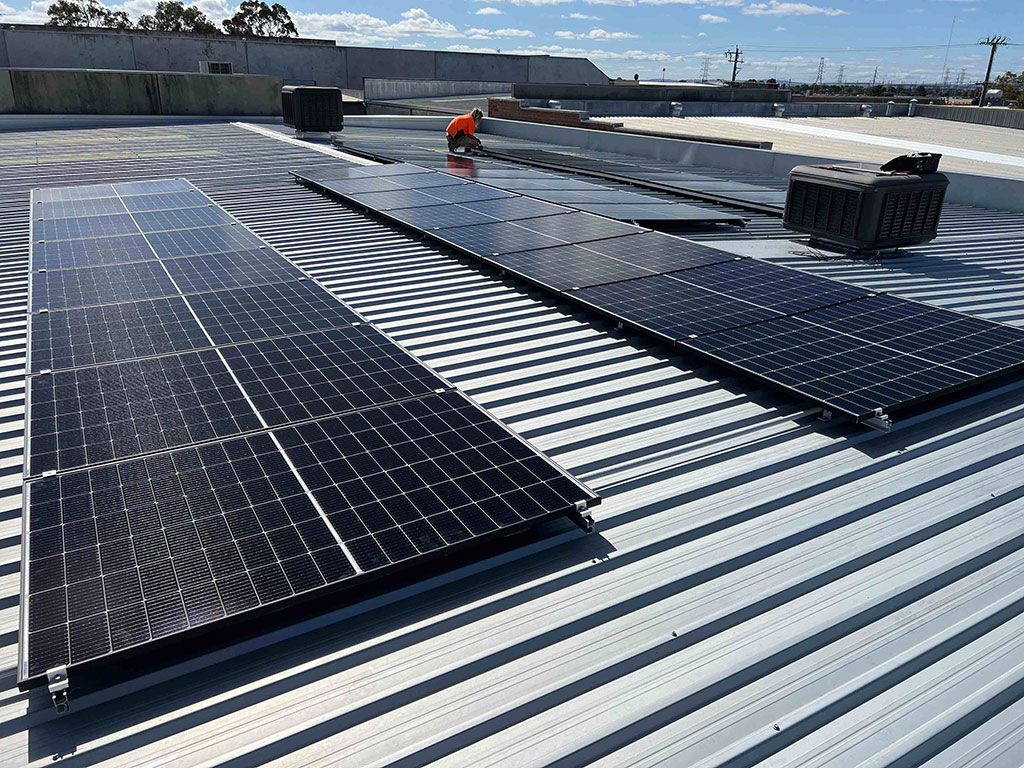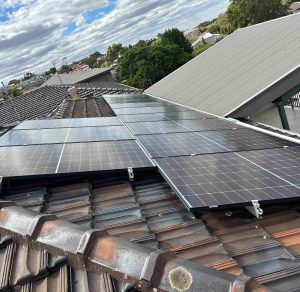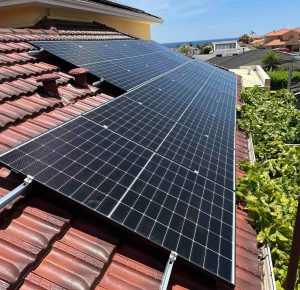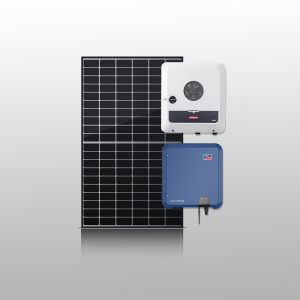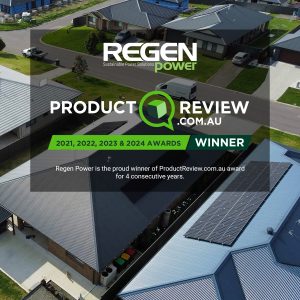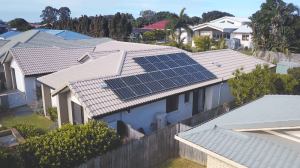Australia is one of those countries that receive a fair amount of solar energy. With the looming threat of depleting non-renewable sources like oil and petroleum, society is moving towards renewable sources such as wind and solar energy. With your rooftop installations, you may generate your own electricity. More than 3000MW residential solar systems were installed by households in Australia in 2021.
Solar installation planning can be done with the help of professionals or you may take the reins into your hands as well. For that you simply have to take care of the following steps:
1. Find out how much electricity is required to run your house and determine the pain points where energy can be conserved from waste.
2. It is important to note the amount of sunlight that is received by your rooftop.
3. Know the laws regarding installing a residential solar system in your area and what procedures you need to follow.
4. Government provides rebates in taxes and other incentives if you own a rooftop installation.
Determine my solar power needs
Your electricity bill may tell you the average power consumption per month or per hour. This can be calculated as follows:
· Collect your past utility bills from last year.
· Add the number of units that you consumed every month.
· Divide the number by 365 to get the average monthly electricity consumption.
The second thing that you need is ‘Peak Hours’. Peak sun hours means the number of hours the sunlight falls with the intensity of sunlight is 1000W/m2 rooftop installation. It is useful in finding the average monthly solar energy generation in your region. Your region may receive sunlight for 6-7 hours a day but you still can have just 3-4 hours of peak hours. Do not just wonder, “How many solar panels do I need?” when you can calculate it by this simple method.

Residential solar rebate in Western Australia
According to the government of WA, people who have installed residential solar system are eligible for three kinds of benefits:
Upfront Incentives
Small Scale Renewable Energy Schemes grant Small-scale Technology certificates or STC using which a householder gets a 10% discount on the total cost of rooftop installation or any other solar installation provided the system thus installed is expected to generate electricity for 15 years or from the date of installation till 2030. The scheme applies to solar systems in WA installed from 2017 till 2030.
Electricity Savings and Income
You may produce electricity through your rooftop installation that is enough for your household or allows you to purchase less electricity from the energy provider.
Distributed Energy Buyback Scheme (DEBS)
If any user is producing more electricity through their residential solar system than they require, they can export this to the grid and the energy supplier will pay you a tariff for the same.
Solar Energy Buy Back Scheme in WA
The State Government of WA announced DEBS or Distributed Energy Buyback Scheme on 31 August 2020. As per the rules, people generating electricity through their solar systems, batteries or export-capable EVs is eligible for buyback payments against their energy supplier.
DEBS follows a ‘time of export payment’ mechanism where energy generators get high prices by supplying energy in peak hours such as between 3 PM to 9 PM when electricity demand is high and the load on power grids increases. As of now, peak rates are 10 cents per kWh and Off-peak rates are 2.5 cents kWh for synergy customers. These rates are higher than rates at which electricity is
Through this scheme, the government is encouraging owners to generate energy on their own and use power during the peak sun hours so that extra power may be supplied to the grid.
Rooftop solar installation cost and finance options
The cost of residential solar systems has gone through the roof. However, there are many solar financing options that can be considered while navigating the lanes of solar installation planning:
1. You may ask the installation company to pay in installations over time or add the cost in your home loan.
2. Green Loan, based on ‘use of proceeds’, is a loan that is given to finance a green asset. The first green loan was agreed in 2017 by Contact Energy under the Green borrowing Programme. These loans help people to switch to renewable energy sources.
According to SPREE (School of Photovoltaic and Renewable Energy Engineering) at UNSW the rooftop installation system in the entire nation can generate 179 GW of power. Hopefully, Australia will soon reach the milestone.
Related articles:
What is N-type solar panels, is the panels are better than standard P-type panels
Solar panel performance when direct sunlight is not available

